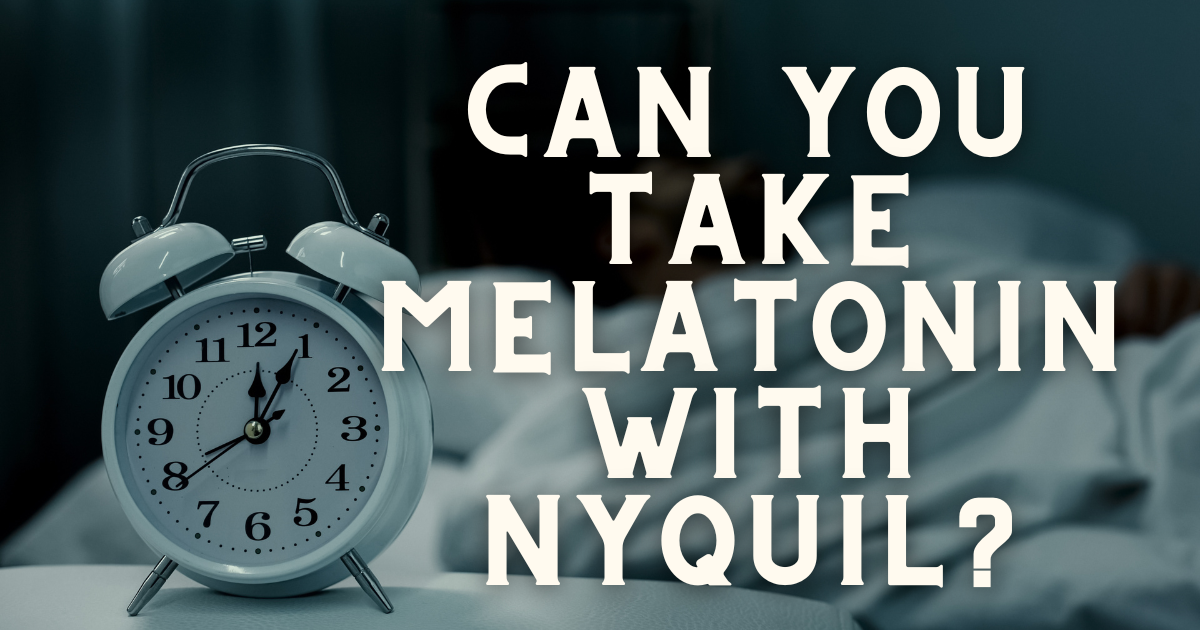In 1983, the federal government introduced a nationwide education program called D.A.R.E. which aimed to reduce drug-taking, gangs, and violence among young people. Let’s examine what D.A.R.E. was, what the impact it had was, and what we can learn from the failures of past rhetoric.
What Was D.A.R.E.?
D.A.R.E. stands for Drug Abuse Resistance Education. Los Angeles (LA) police chief Daryl Gates and LA Unified District School set up the program as a strategy to reach children during the infamous War On Drugs. D.A.R.E. workshops are delivered by policemen who go into classrooms from kindergarten through grade 12 with the aim of teaching school kids to reject drug use and violent gang culture. According to D.A.R.E., the program is delivered in 75% of schools and has been rolled out across 43 countries. The D.A.R.E. website claims the program is a resounding success as it “led to rapid growth and expansion.” However, despite D.A.R.E.’s bold claims, research has shown that the program has failed spectacularly. There is still a great deal of controversy surrounding the effectiveness of the program and of the War On Drugs in general.
The Effectiveness of D.A.R.E.
After 10 years of the D.A.R.E. program, the American Psychological Association ran a study of 1002 subjects who received D.A.R.E. education in their 6th grade. This study assessed the efficacy of the program by tracking the subsequent drug use of the subjects when they hit their 20’s. The results of the study found that the program had no meaningful impact on rates of drug use, attitudes toward drugs, or self-esteem. The National Institute of Justice’s research found that the program has some effect, but on a modest scale. Another study carried out by the University of Illinois concluded that the D.A.R.E.program was counter-productive with students who participated in the program more likely to use drugs.
The psychologist William Colson said, “D.A.R.E. gives kids the confidence to say no to drugs and to say yes to drugs. It gives them more confidence than they should have.” By this, Colson implies that the program educates students about drugs they were otherwise not aware of. One theory is that the D.A.R.E. program educates children on drugs, but approaches it from a non-educational standpoint by telling kids to say no instead of telling them what happens if they take the drug; this can lead to children participating in risky, ignorant behavior.
Why Was the D.A.R.E.Program a Failure?
Critics argue that the D.A.R.E. program was not effective because it was delivered by policemen rather than addiction prevention specialists. The D.A.R.E. workshops mainly involved police officers entering classrooms and teaching students about the kinds of drugs they might encounter and how to say no. Law enforcement can represent a punitive, zero-tolerance approach to drugs rather than adopting an educational and rehabilitative view. Beyond this, there will always be an element of any classroom that views the police as an oppositional force.
Not everyone views the police in a positive light. The program encouraged students to anonymously report back on any drugs they encountered at home or school via a box in the classroom. VICE conducted a series of interviews with people suffering from substance use disorder who had received D.A.R.E. education. When asked whether they thought the D.A.R.E. program was effective, they responded with answers such as, “I think it would be better to include recovering addicts like myself” and “I didn’t encounter drugs until later in life; the D.A.R.E. education had faded in my memory by then.”
So What Is Effective In Preventing Drug Use?
The D.A.R.E. program lost funding in 1998 and has since been replaced by the keepin’ it REAL program (kiR). This program is more interactive based on the criticism that D.A.R.E. workshops just consisted of police officers standing up and talking. In kiR workshops, students work together and practice saying no to each other through role-playing. The kiR website suggests that the program reduces rates of alcohol, marijuana, and tobacco by 45%. kiR also claims to reduce substance use by 61%. But, does the kiR program offer real value? Specialists in addiction treatment advise that the best way to prevent drug use is through cognitive behavioral therapy (CBT) and educating kids on what the drugs themselves are.
Cognitive Behavioral Therapy (CBT)
People who use drugs or alcohol often do so to escape painful emotions caused by mental health disorders. Mood disorders like anxiety, depression, PTSD, and bipolar are typified by negative thought patterns that can be triggered by stressful life events. CBT teaches healthier coping skills in difficult times. Instead of reaching for alcohol or drugs, a person can identify the cause of what is causing their emotional difficulty and implement alternative behaviors such as meditation, exercise, or an engaging hobby.
While it is useful to educate students about the dangers of street drugs when they’re young, it doesn’t really address the root of the problem. The majority of people with substance use disorder have experienced an adverse childhood experience (ACE) during their formative years. The repercussions of these unresolved experiences are often the underlying cause for someone becoming addicted to drugs or alcohol. CBT is an evidence-based practice proven to reduce rates of substance use disorder.
You could argue that if high school students were taught to manage their emotions more effectively, they would be less likely to become addicted to substances in adulthood. While the issue of drug abuse is a societal one, it also has a spiritual and psychological aspect unique to every individual. So, rather than teaching students about the drugs they might encounter later on, why not instead implement a curriculum that develops essential life skills? This would enable youngsters to cope with negative situations more effectively.
What to Do Next
If you or a loved one are in need of an addiction treatment center, don’t hesitate to get in touch with our friendly team of experts here at Landmark Recovery. Call us today at 888-448-0302.

Choose Recovery Over Addiction
We're here 24/7 to help you get the care you need to live life on your terms, without drugs or alcohol. Talk to our recovery specialists today and learn about our integrated treatment programs.






